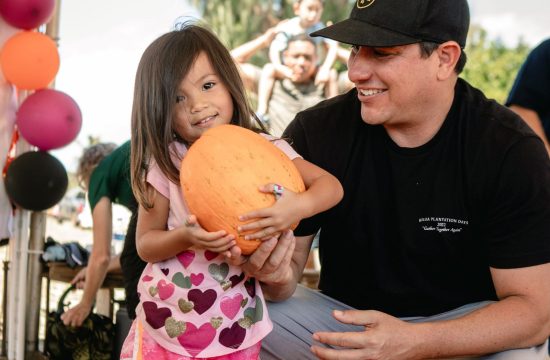When a child shirks social interaction — hiding behind your legs at the playground or hugging the wall at a birthday party — it’s easy to label that child shy. But a socially withdrawn child might not be shy at all. He or she may simply be an introvert or in the throes of normal separation anxiety.
In rare cases, a child may have a social phobia. The National Institute of Mental Health describes true social phobia as an intense fear of being watched, judged or humiliated that interferes with the ability to form relationships. This condition is relatively rare, appearing around age 13 and experienced by around 5 percent of teens.
But many more children and teens display traits of shyness or mild social anxiety, including feeling uneasy at social events, avoiding eye contact and retreating to solitude at the earliest opportunity. If these behaviors sound familiar, here are ways to help your quiet child thrive.
Early Years
Cool Comfort
It’s normal, even healthy, for babies and toddlers to experience some separation anxiety when they’re away from their primary caregiver, particularly from around 8 months to 3 years old. But what about children who display distress even when they’re not separated from a primary caregiver? These children may be slow-to-warm-up.
Slow-to-warm-up temperament is a style of relating that’s not necessarily problematic. While some kids crave variety and leap into new situations, other kids have a more cautious style. They like to observe and get the lay of the land before they jump in. Again, these kids aren’t necessarily shy (socially anxious).
If slow-to-warm-up describes your child, give him ample time to adjust to each new social environment. For example, arrive 15 minutes early to the toddler gym and introduce your child to the instructor beforehand. Choose classes or activities that allow your child to remain by your side (or on your lap) while he warms to a new social group.
If slow-to-warm-up describes your child, give him ample time to adjust to each new social environment.
Elementary Years
Label Game
Even if your child is undeniably shy, avoid using that term to describe her. Be careful about labeling your child as ‘shy’ because that implies this is an unalterable part of who they are. Instead, you can say things like, ‘You prefer…’ or ‘You’re more comfortable doing…’ These phrases acknowledge your child’s feelings but also leave room for your child to grow and change.
Socially hesitant children may dread the first day of school or a birthday party because they fear the unexpected. Take some surprise out of feared encounters by talking through each aspect of the encounter in advance. For example, talk about what your child will do when she boards the bus for school or arrives at the party. Role-play through especially stressful scenarios to help your child gain confidence and learn to cope with social stressors.
Teen Years
Social Scripts
Peer acceptance is paramount during the teen years. Teens who have trouble meeting friends and joining groups may respond well to purpose-driven activities organized around an activity. When the group has a clear purpose and assigned tasks to complete, social interactions are less intimidating and forced, and real friendships can blossom. Think teen volunteer groups, youth groups, coding or gaming clubs, or art or music classes. If lunch time is torturous for your quiet teen, check with her school’s counseling department about organized lunch groups, or see if she can use lunch as a quiet study period.
Theater or drama may come especially natural to quieter teens. Having a script to work with lets them try out different ways of being around others and makes them less self-conscious.








